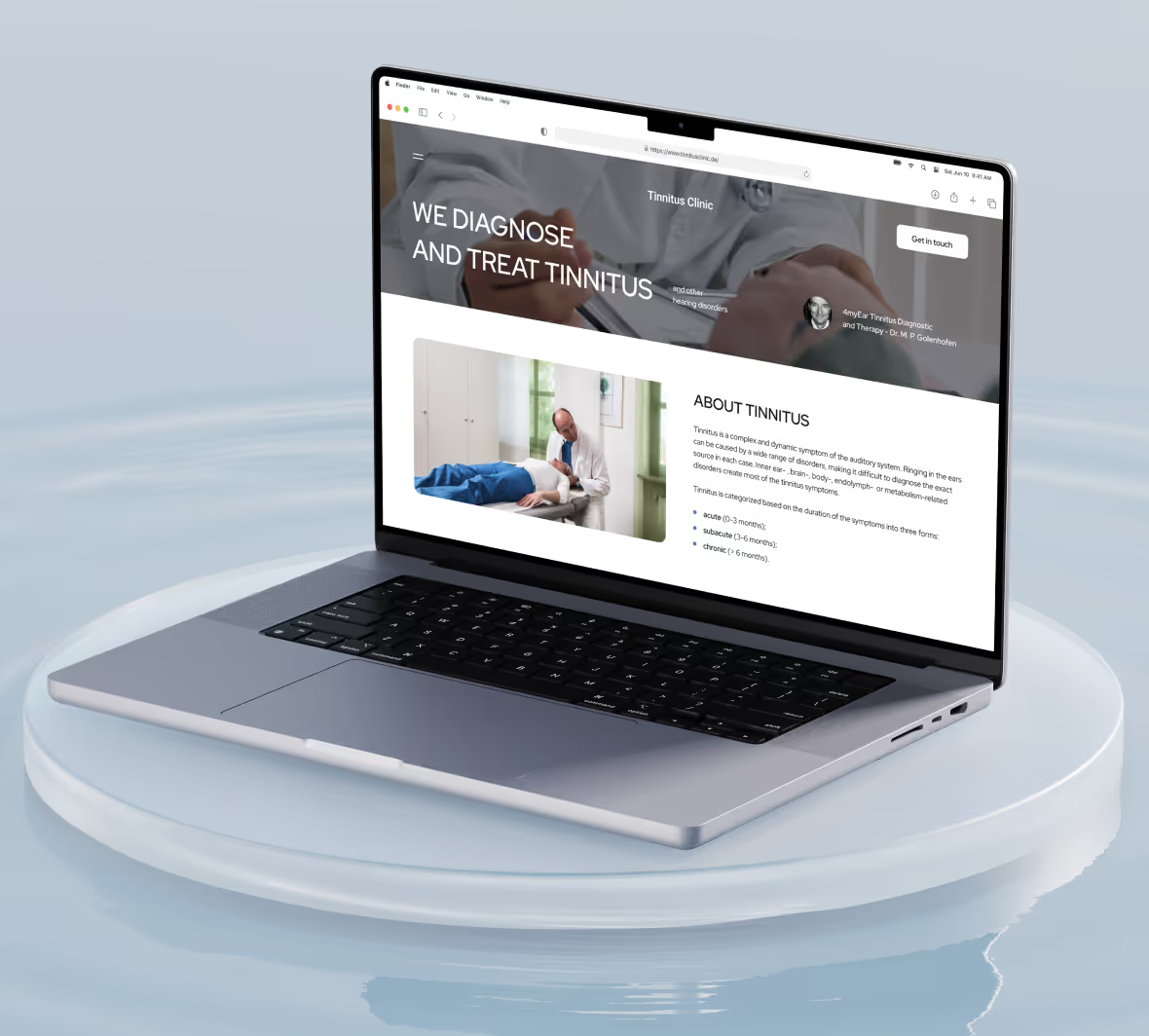
Launching an MVP (Minimum Viable Product) is critical in testing a startup's core business assumptions before fully developing a product. But what if you need to be a developer? You might be feeling stuck or overwhelmed. This is where a no-code MVP can save the day. Building a no-code MVP allows non-technical founders to launch their MVP without writing a single line of code. This guide will help you understand the seven essential steps to successfully launch an MVP for non-technical founders.
No-code development agencies like Minimum Code can help you with your goals, making launching an MVP smoother and more manageable.
What is a Minimum Viable Product (MVP), and Why is it Important?

An MVP, or Minimum Viable Product, has just enough features to attract early adopters and validate a business idea. The concept of an MVP aims to maximize learning about customers with the least effort. Instead of spending months building a fully-featured product, a startup using an MVP approach can launch a product in weeks or even days. This allows founders to test their assumptions and validate their ideas before going into full-scale development. Since MVPs are a cost-effective way of validating business ideas, some founders have even turned to validating business ideas through keyword research so that they can find business opportunities, and then they use an MVP to validate market demand.
Why Do Startups Need an MVP?
An MVP helps startups reduce waste and costs by validating the product before investing in full-scale development. Building an MVP allows founders to test their assumptions and understand whether their product meets market needs. This process helps mitigate the risks of creating a solution no one wants and avoids spending precious resources to develop a product that users later reject.
Real-World Example of an MVP
Airbnb started as an essential website offering a way for people to rent air mattresses to conference attendees. This MVP allowed the founders to validate the demand for peer-to-peer short-term rentals, which eventually grew into the global business we see today.
Key Features of an MVP
MVPs help startups reduce waste and costs by validating the product before investing in full-scale development. Building an MVP allows founders to test their assumptions and understand whether their product meets market needs. This process helps mitigate the risks of creating a solution no one wants and avoids spending precious resources to develop a product that users later reject.
Best Practices for Building an MVP
Focus on solving one core problem for your target audience. Avoid feature creep; prioritize only must-have features for the MVP. Use customer feedback loops to refine and improve the product before the launch.
Challenges Non-Technical Founders Face
Misalignment of expectations
Non-technical founders may expect a more fully featured product than an MVP should be.
Feature prioritization
With technical expertise, it can be easier to determine which features are essential and which can be left for later development.
Pro Tip
Partnering with a no-code development agency can make the MVP development process smoother for non-technical founders. Tools like Bubble.io or Webflow allow founders to build a functional MVP without deep technical knowledge.
5 Essential Steps for Preparing Your MVP Launch

1. Set Clear Goals for Your MVP Launch
Before launching, you must identify what you hope to achieve with your MVP. Goals include gathering user feedback, validating core product features, or testing market demand. Having clear objectives allows you to measure success effectively.
Stat
A CB Insights study shows that 42% of startups fail because they don’t identify a market need for their product. By setting clear goals for feedback and validation, startups can mitigate this risk.
2. Build a Pre-Launch Marketing Strategy
It’s essential to create awareness around your MVP before launching. A pre-launch strategy could include building an email list, launching a landing page, or engaging with potential users through social media. This helps ensure demand and interest in your MVP before its release.
Stat
According to HubSpot, 60% of marketers say generating traffic and leads is their biggest challenge. Having a pre-launch strategy addresses this problem early.
3. Test Your MVP for Usability
Before releasing your MVP to a broader audience, ensure it functions properly and provides a good user experience. Conduct internal testing with your team, followed by a soft launch to a small group of beta testers who can identify bugs and usability issues.
Challenge
Testing can reveal bugs or technical issues, which may delay launch plans. However, delaying to fix critical problems will save more time and resources in the long run.
4. Prepare for Customer Support
Even for an MVP, you must be prepared to support early adopters. Setting up basic customer support systems—an FAQ page, email support, or live chat—helps you respond to user questions and gather feedback.
Best Practice
Set up automated email follow-ups to get feedback from early adopters. Tools like Typeform or SurveyMonkey can help gather structured input after the user experience.
5. Gather Feedback and Iterate
Once your MVP is live, you need a system to collect feedback from early users. This feedback is crucial for improving and identifying new features for future releases. Create a feedback loop that allows users to provide insights on their experience easily.
Stat
According to Invesp, companies that regularly collect customer feedback and use it in decision-making can see up to 25% better customer retention.
How to Introduce Your MVP to the Market

Soft Launch: A Quiet Start to Your MVP
A soft launch is a controlled release of your MVP to a small group of users. This approach is excellent for collecting early feedback and identifying potential issues without exposing the product to a large audience. You might soften the blow of a less-than-perfect MVP by clarifying to your initial users that you’re still working out the kinks before a full launch. Facebook, for example, initially launched as a Harvard-exclusive platform, collecting feedback and improving the product before expanding to other universities.
Beta Launch: Test the Waters with Early Adopters
A beta launch involves offering the MVP to a select beta testers. This group, often of enthusiastic early adopters or industry experts, helps validate the product and ensures its functionality aligns with user needs. Slack used a closed beta to refine its messaging platform by incorporating feedback from tech industry insiders. This process helped iron out technical bugs and gather product insights before the public launch. Beta launches can help improve your MVP significantly. According to HubSpot, 82% of companies using beta testing report improved product quality.
Public Release: Go Big or Go Home
A public release involves launching the MVP to a broad audience right away, offering immediate feedback from a diverse user base. This is often used when the product is relatively mature, and the goal is to maximize exposure and collect large-scale feedback. A public release enables widespread user acquisition and provides much data on user preferences and product performance. Dropbox’s MVP was publicly released alongside an aggressive referral campaign, leading to massive user growth driven by word of mouth. Statistically speaking, public launches accompanied by referral programs, like Dropbox’s, can grow user bases by 60% within a few weeks.
Rolling Launch: Gradual Release to Reduce Risk
In a rolling launch, the product is gradually rolled out to a growing number of users. This approach minimizes risks by allowing you to scale up gradually and solve issues before full exposure. Rolling launches are particularly useful for stress-testing systems or ensuring backend stability. They will enable founders to handle smaller user groups first, working through issues as the user base grows.
It’s conducive for SaaS startups concerned about infrastructure. Twitter started as a side project at Odeo, with the MVP rolled out to a small group of users. After initial success, Twitter was gradually opened to a broader audience, ensuring infrastructure could handle the growing user base. A well-executed rolling launch can reduce system downtime by 30-40%, as issues are resolved incrementally rather than all at once.
How Minimum Code Can Help with Your MVP Launch
Launching an MVP can be complex, but Minimum Code simplifies the process for non-technical founders. We guide you through selecting the best launch approach, ensuring your product is ready for market. Whether you need a soft launch, beta testing, or a public release, our team is there to provide scalable solutions and ongoing support. Bring your long-held business ideas to life with us. Get a free product discovery and scoping for your app idea today!
What Is Included in an MVP Launch?

Product Documentation: The Hidden MVP Launch Element That Will Help You Reduce Support Queries
An MVP launch should include product documentation to help users understand the product. Even though the MVP is a simplified product version, users will need clear documentation. This includes setting up FAQs, product manuals, and essential onboarding documentation. This step ensures users can get answers to basic questions without contacting support. It’s also helpful for internal teams. Having detailed technical documentation about the product’s functionality, tech stack, and design decisions is crucial.
This will help in future iterations and handovers to different teams. Tools like Notion or Confluence are excellent for organizing user and technical documentation, offering searchable databases for easy access. An example of adequate product documentation is Slack’s MVP, which included an easily accessible FAQ section that answered common user queries and helped their early adopters get the most out of the product.
User Support Systems: How Basic Customer Support Can Enhance MVP Launch Success
At the MVP stage, a fully-fledged support team may not be feasible, but offering basic customer support options is critical. These may include an email contact, a ticketing system, or a self-service FAQ page. Even in a minimalistic launch, having some form of support enhances user satisfaction and retention. Consider setting up automated onboarding flows for complex products that guide users through the products’ features.
Intercom or Zendesk can be used to integrate automated customer support or live chat without overwhelming your resources. A well-structured FAQ page and a simple email support system will suffice to handle early feedback and problems if you need more resources to offer full customer support initially.
Marketing and Communication: Generating Buzz for Your MVP Launch
A compelling landing page acts as the central hub for your MVP launch. It should clearly explain the MVP’s value proposition, outline its key features, and include a call-to-action for users to sign up or try the product. You are building a social media presence before the launch generates awareness and allows for direct engagement with your audience.
Posting sneak peeks, user testimonials, or product demo videos can help create buzz. Finally, a press release or media outreach campaign can help generate external interest in the MVP, drawing traffic from industry blogs, influencers, or media outlets. According to CB Insights, startups engaging in pre-launch marketing are 1.5 times more likely to succeed than those not focusing on building awareness before launch.
Feedback Mechanism: Setting Up Customer Feedback Tools
A critical component of the MVP launch is setting up a reliable feedback mechanism. Implement tools like Typeform, Survicate, or Google Forms to allow users to share their experiences, pain points, and suggestions. Engaging your early adopters and encouraging them to provide detailed feedback is invaluable for refining the product. Offer them incentives like exclusive features or early access to future updates to maintain engagement.
Use Hotjar or Pendo to track user behavior and gather feedback directly from the product. Heatmaps and user session recordings can give you deeper insights into how users interact with the product. A common challenge during MVP feedback collection is sorting through the noise. Focus on identifying patterns in the feedback rather than reacting to individual complaints.
Pre-Launch Testing: Why Conducting a Soft Launch Will Help Your MVP Succeed
Before launching an MVP to the public, consider conducting a soft launch to a limited user group or engaging in beta testing to identify last-minute bugs or issues. This step allows for low-risk iterations based on user feedback. Additionally, ensure the product can handle real-world usage, especially if you anticipate high traffic post-launch. Load testing tools such as BlazeMeter or Apache JMeter can help ensure the product performs under pressure.
Get a Free Product Discovery & Scoping for Your App Idea Today
Building and launching an MVP is an excellent way to test your business idea before fully committing to a long-term plan. As a no-code development agency, Minimum Code helps you rapidly develop a scalable MVP to get your business off the ground. Our process can get your app to market in as little as a month, making it ideal for founders who want a quick and cost-effective solution for discovering business viability.

Ready to build your product?



.webp)


.avif)


